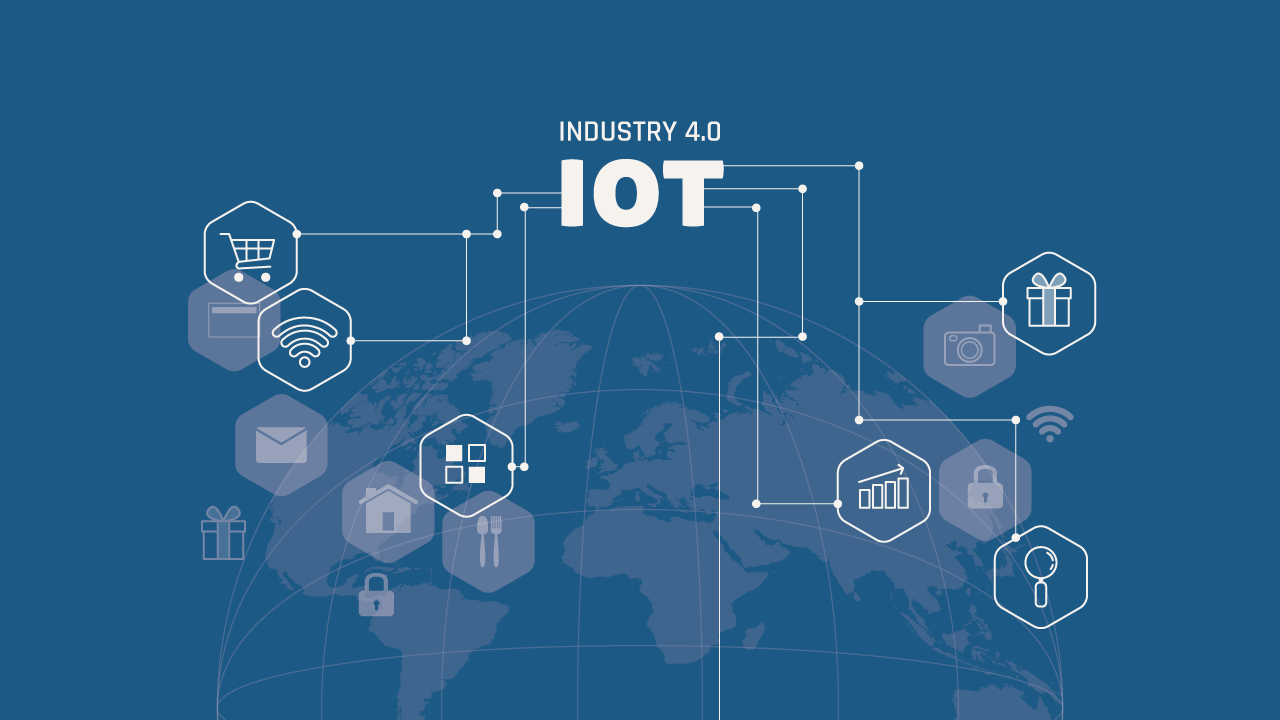How does your investor relations performance stack up against the competition? This tricky question hasn’t always been easy to answer.
Until very recently, access to data regarding your peer sector and market cap has been under strict lock and key. While some IR firms have provided a partial view of this information, most have failed to deliver aggregated data from your sector, market cap, and institutional peers.
Today, benchmarking is the latest IR tool that can help you tap into this critical data, giving you a chance to analyze your company’s success against similar enterprises.
Table of Contents
What is Benchmarking in Investor Relations?
Benchmarking is a way of comparing your performance against other companies in your peer group. Ideally, engagement benchmarking can help you measure your IR strategy against the biggest names in your sector.
The point of benchmarking is to see whether you’re keeping pace with other companies that offer similar equities. You can see the size of your audience relative to your peers, as well as how they perform with their website, email alert opens, and event attendance.
If these engagement metrics show your company lags, you have an opportunity to research why your peers receive more attention online. With these insights, you can tweak your IR program to reflect what resonates with investors and drive more engagement online. You can refine your online publications and events to match your peers and tap into this sentiment more closely.
The investor relations experts behind Q4, a firm that provides innovative engagement benchmarking, correlate digital engagements with buying and selling behavior. Not only can you grow your investor audience with Q4 by tapping into these engagement metrics, but benchmarking can also help you leverage these leading indicators into data-driven targeting.
How Can Benchmarking Help Your IR Strategy?
The right IR tool can open the door to benchmarking, which helps you see how investors interact with IR websites and capital markets events. With this data comes three major capabilities.
1. Measure Your IR Program Against Your Peers
First and foremost, benchmarking helps you measure the success of your IR content and event strategy. You’ll be able to compare engagements with these metrics to that of your peers. This will give you invaluable insight into whether you’re keeping pace with your sector or falling behind.
Benchmarking can also help you track your process as you make changes to your IR strategy. You’ll be able to see in real-time if your decisions increase digital engagements with your brand.
2. Simplify Reporting to C-Suite
It’s not always easy to quantify or justify your IR strategy to a C-Suite that wants to cut your budget. Benchmarking can highlight the effectiveness of your efforts — even if the stock price doesn’t show the same story. It provides quantifiable metrics that evaluate your performance compared to your peers, which can highlight the value (and ROI) of your work.
3. Refine Outreach and Targeting
More importantly, benchmarking can help you pivot at critical moments and refine your content to appeal to investors already interested in your sector and market cap group. This can help draw more interest into your IR website and capital markets events, generating more engagement metrics that inform who to target and when.
Bottom Line:
Sometimes, your competitors strike gold with their IR program. Engagement analytics equipped with benchmarking can help you tap into their success and replicate it for your own.















